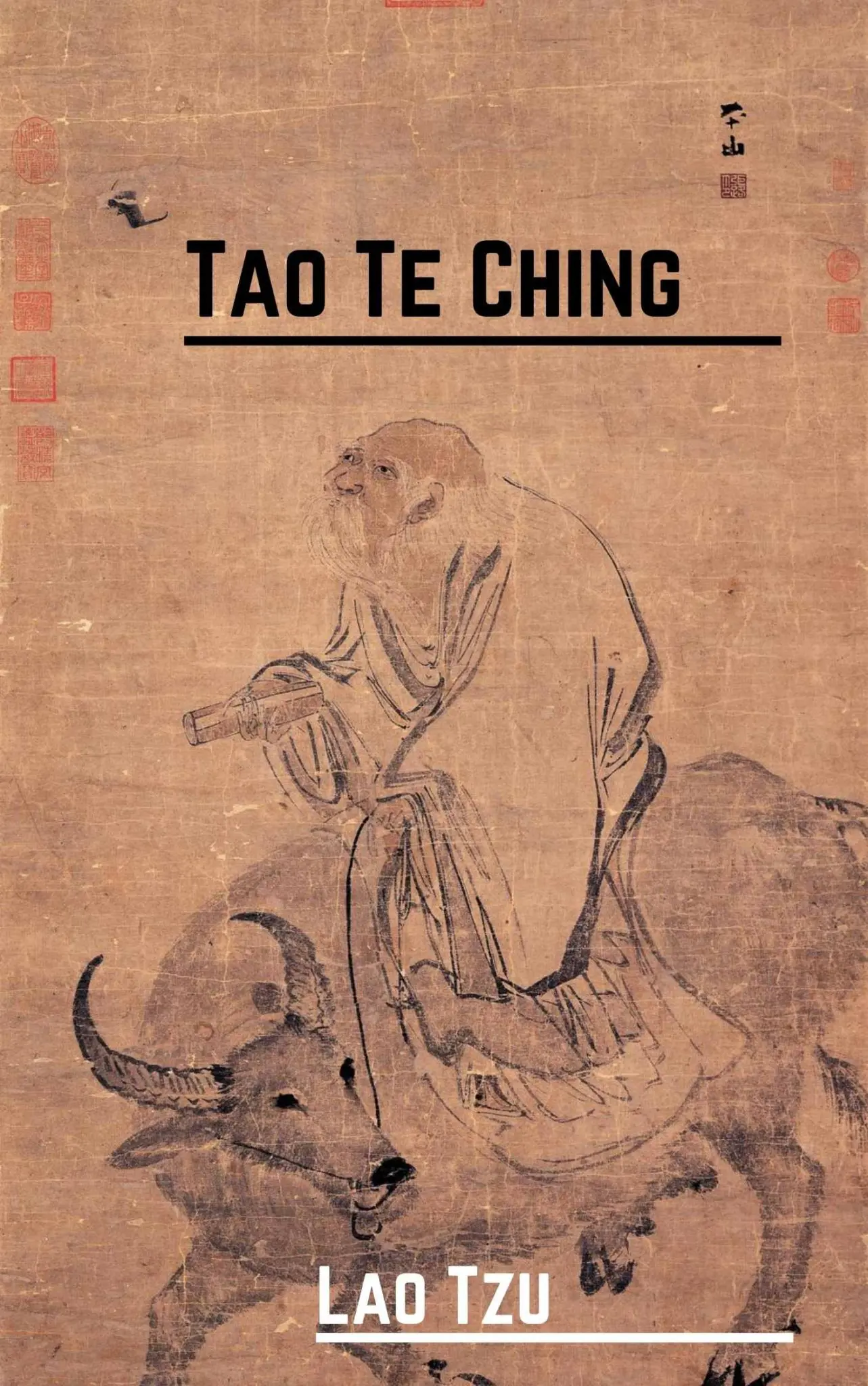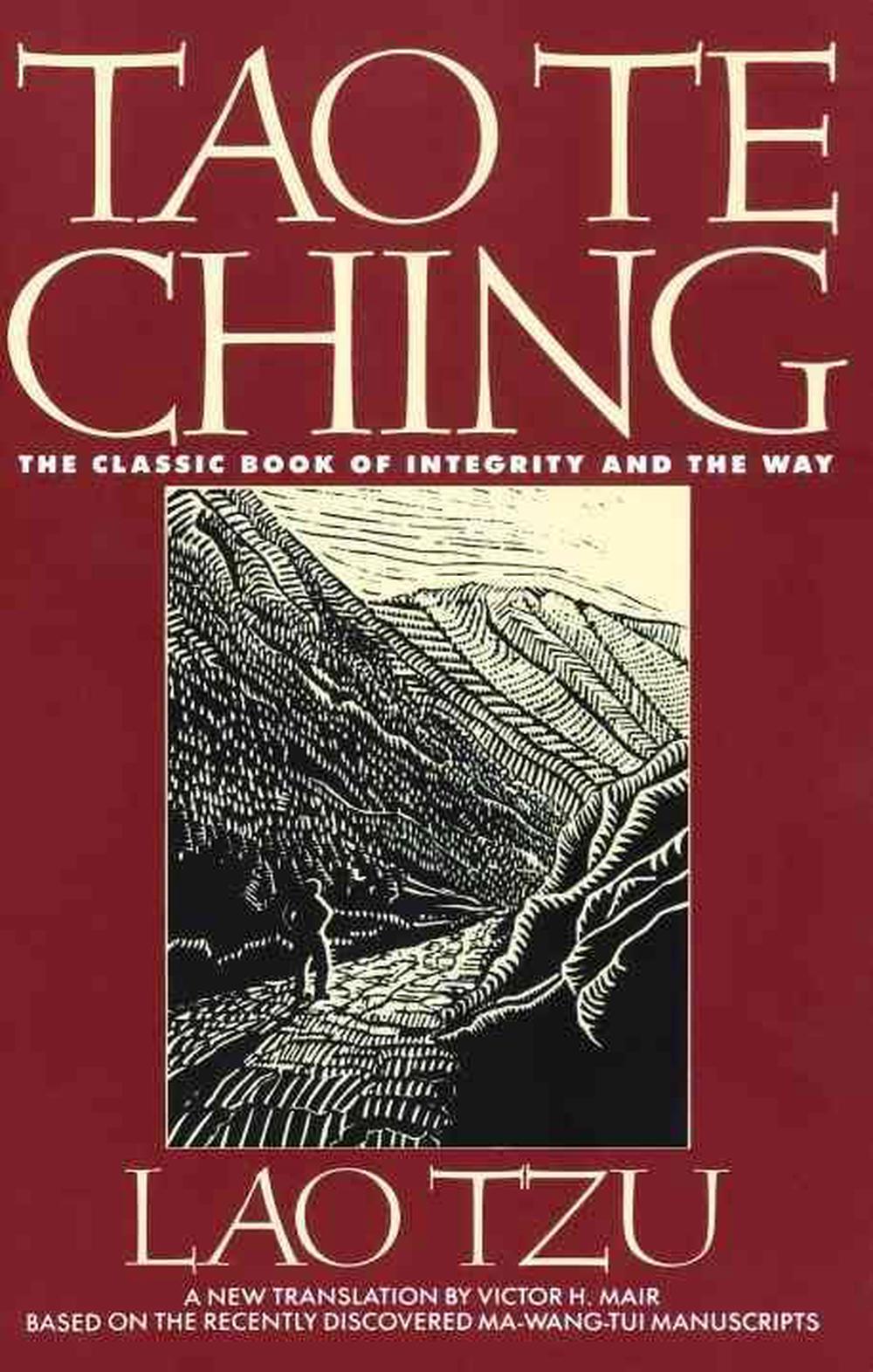

Daoist Chinese Characters contains a good summary of these different calligraphies. The Chinese characters in the original versions were probably written in zhuànshū (篆書 seal script), while later versions were written in lìshū (隷書 clerical script) and kǎishū (楷書 regular script) styles. The written style is laconic, with few grammatical particles, frequently ambiguous, occasionally rhymed, and expressing often difficult ideas poetically. 38–81), which may have been edited together into the received text, possibly reversed from an original "Te Tao Ching" (see Mawangdui texts below). It has two parts, the Tao Ching (道經 chaps. The received Tao Te Ching is a short text of around 5,000 Chinese characters in 81 brief chapters or sections ( 章). Thus, Tao Te Ching can be translated as "The Scripture/Classic/Canon of the Way/Path and the Power/Virtue", etc.īesides Daode Jing, other titles include the eponymous Laozi ( 老子 "Old Master"), the amalgam Laozi Daode Jing (老子道德經), the honorific Daode Zhen Jing (道德真經 "Perfect Classic of the Way and the Power"), and the Wuqian wen ( 五千文 "Five thousand character " see next). "woof") and was semantically extended to mean "scripture", "canon", "great book", or "classic". Jīng/Ching 經 originally meant "norm", "rule", "plan", "warp" (vs.Compare the compound word dàodé (道德 "ethics", "ethical principles", "morals," or "morality"). The semantics of this Chinese word resemble English virtue, which developed from a (now archaic) sense of "inner potency" or "divine power" (as in "healing virtue of a drug") to the modern meaning of "moral excellence" or "goodness". Dé/Te 德 basically means "virtue" in the sense of "personal character", "inner strength", or "integrity", but was used differently by Confucianists to mean "morality".This term, which was variously used by other Chinese philosophers (including Confucius, Mencius, Mozi, and Hanfeizi), has special meaning within the context of Taoism, where it implies the essential, unnamable process of the universe. Dào/ Tao 道 literally means "way", "road", "path", or "route," but was extended to mean "path ahead", "way forward", "method", "principle", "doctrine", or simply "the Way".There are many possible translations of the book's title, owing to the polysemy of the component Chinese words: On one hand, there are transmitted versions and commentaries that date back two millennia on the other, there are ancient bamboo, silk, and paper manuscripts that archeologists discovered in the last century. The Tao Te Ching has a long and complex textual history. Its influence has also spread widely outside East Asia, aided by hundreds of translations into Western languages. Many Chinese artists, including poets, painters, calligraphers, and even gardeners have used the Tao Te Ching as a source of inspiration. This ancient book is also central in Chinese religion, not only for Taoism ( Daojiao 道教) but Chinese Buddhism, which when first introduced into China was largely interpreted through the use of Taoist words and concepts. The Tao Te Ching is fundamental to the Taoist school ( Daojia 道家) of Chinese philosophy and strongly influenced other schools as well, such as Legalism and Neo-Confucianism. The text's authenticity, authorship, and date of composition or compilation are still debated.


A careful reading of the text, however, suggests that it is a compilation of maxims sharing similar themes. According to tradition, it was written around 600 BCE by the Taoist sage Laozi (or Lao Tzu, "Old Master"), a record-keeper at the Zhou Dynasty court. The Tao Te Ching ( Traditional Chinese: 道德經 ), roughly translatable as The Book of the Way and its Virtue (see below), is a Chinese classic text. See discussion at Daoism-Taoism romanization issue. The pinyin title Dao De Jing originated in the late 20th century, and this romanization is becoming increasingly popular. The Wade-Giles title Tao Te Ching dates back to the first English translations in the late 19th century, and some people continue using it. Related subjects: Philosophy "Tao Te Ching"


 0 kommentar(er)
0 kommentar(er)
